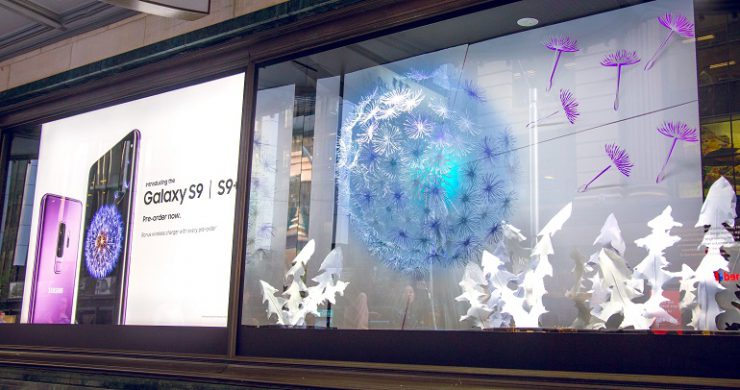Among industry standard rankings.
The Samsung Galaxy S9+ has received a photo score of 104 points from the trusted industry standard for camera and lens image quality measurements and ratings, DxOMark. This is the highest ever photo score given by the organisation and places the Galaxy S9+ in the top spot of the overall rankings.
It was the Dual Aperture and Super Speed Dual Pixel Sensor that contributed to the score as they work together to capture photos in any lighting condition. The Dual Aperture lens automatically adapts like the human eye and with an F Stop of 1.5 is the widest lens of any smartphone.
The Super Speed Dual Pixel sensor uses its dedicated processing power and memory to combine up to 12 distinct images into one photo.

Samsung Electronics America senior vice president of product strategy and marketing, Justin Denison said, “The way we express ourselves has evolved from the verbal to the visual. Today, we communicate with images – Snaps, GIFs, emojis and Instagrams. We don’t just take pictures, we share stories. And because the way we communicate has changed, we believe the phone needs to change along with it. With the Galaxy S9+, Samsung introduced our most advanced camera ever.
“We did more than design a new smartphone camera. We reimagined it so you can capture the perfect image in almost any light, capture moments and tell stories in new, creative ways.”
New collaboration ahead of official launch
This week, Samsung Electronics Australia introduced a new collaboration with master paper engineer Benja Harney, celebrating the launch of the new flagship Galaxy S9 and S9+ smartphones. The project harnesses the dandelion theme running through the S9 launch and reimagines it as a window installation at the Samsung flagship store on Sydney’s George Street.

Samsung Electronics Director of IT Mobile Garry McGregor said, “The innovation and ambition Benja shows in his work made him the perfect partner to help us mark the launch of the Galaxy S9 and S9+. By creating something that not only mirrors the striking beauty and elegance of the Galaxy S9, but also pushes the limits of what’s possible in his chosen medium, Benja has captured the spirit of Samsung.”
The display’s white and lilac, paper-constructed dandelion measures 1.5 metres in diameter and features over 90 individual seed pods. Up to 300 pieces of paper were used to create the display in a process that took more than two weeks, while the addition of Perspex elements and LEDs to create a glowing effect are a first for Harney and his team at Paperform.

